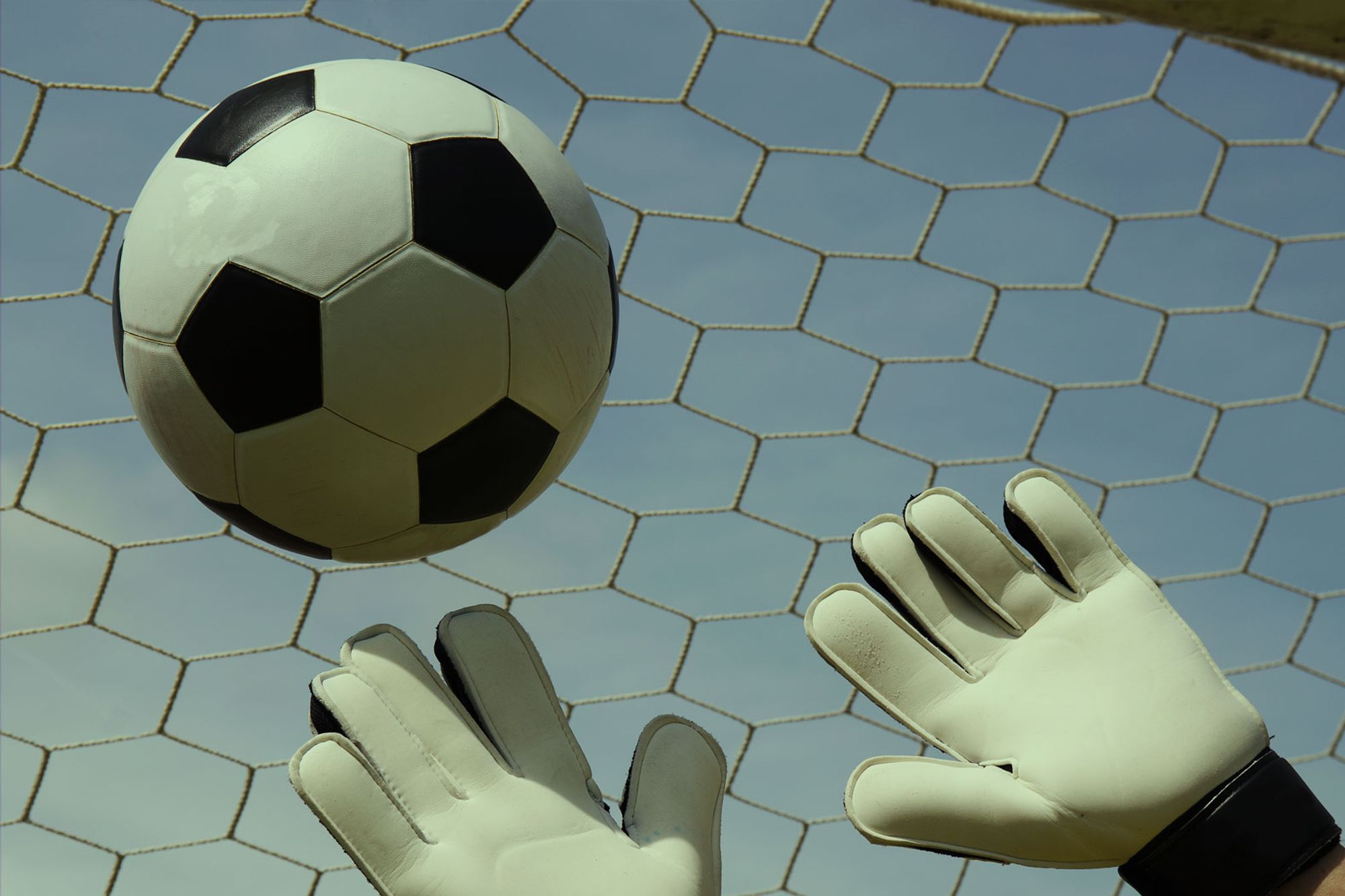
Goalkeeper secrets: boost your performance with professional tactics
Amine El Assouri, Keeper In Motion
In the competitive world of soccer, goalkeeper tactics play a pivotal role in a team’s success. This article dives deep into goalkeeping strategies, offering an in-depth analysis of the crucial techniques, positions and decisions that define elite goalkeepers. From the art of decision-making to mastering communication on the pitch, discover how modern goalkeepers are transforming the game and what this means for aspiring goalkeepers looking to improve their game.
The role of the goalkeeper has evolved to become one of the most critical and scrutinized positions on the soccer pitch. An exceptional goalkeeper possesses the unique ability to influence the course of a match, not only through his decisive saves, but also through his vision and leadership. This article aims to reveal proven professional tactics that will enable any goalkeeper to enhance his or her performance, covering everything from positioning and defensive techniques to psychology and communication.
Fundamentals and Positioning
Positioning is the cornerstone of a goalkeeper’s tactics. Proper positioning can significantly reduce the size of the target the attacker sees, thus increasing the chances of stopping the ball. It’s essential to maintain good posture, with knees slightly bent and body ready to move in all directions. Train yourself to anticipate attackers’ movements, to read the game and to position yourself in relation not only to the ball carrier but also to the potential shooting positions of other attackers. Match simulation exercises and video analysis can be excellent tools for improving your understanding and reactivity.
Advanced defensive techniques
A mastery of advanced techniques is crucial for any goalkeeper seeking to perfect his art. This includes skills such as effective diving, precise footwork and the ability to handle aerial balls. The key is first to perfect your diving technique, ensuring that you can reach both low and high balls with equal efficiency. Footwork, often neglected in goalkeeper training, has become an indispensable asset in modern soccer, enabling you to redistribute play quickly and efficiently. Finally, catching aerial balls requires not only good jumping technique, but also a rapid assessment of the best moment to intervene, often in high-pressure situations.
Psychology and decision-making
Mental strength is as critical as physical skill for a goalkeeper. The ability to stay focused, handle pressure and bounce back after conceding a goal are fundamental aspects of a goalkeeper’s psychology. Making quick, accurate decisions under the intense pressure of a match is highly dependent on this mental strength. Specific mental preparation exercises, such as visualization and meditation, can help improve concentration and self-confidence. What’s more, understanding and anticipating the intentions of attackers can increase your effectiveness in direct confrontations.
Communication and leadership
A goalkeeper needs to be an effective communicator, leading the defense with confidence and clarity. The ability to organize the defensive line, identify potential threats and adjust strategy in real time is essential. This requires not only a thorough understanding of the game, but also the trust and respect of your teammates. Specific team exercises can help develop these communication skills, simulating game situations where the goalkeeper’s clear, concise instructions can make the difference between success and failure.
Conclusion
Improving your performance as a goalkeeper is an ongoing process that requires dedication, practice and a constant willingness to learn and adapt. By incorporating these professional tactics into your training, you’ll develop not only your technical skills, but also your mental acuity and leadership. Every match offers a new opportunity to put these lessons into practice and come closer to becoming the indispensable goalkeeper every team would like to have.
